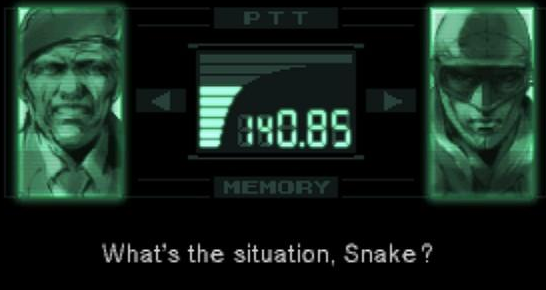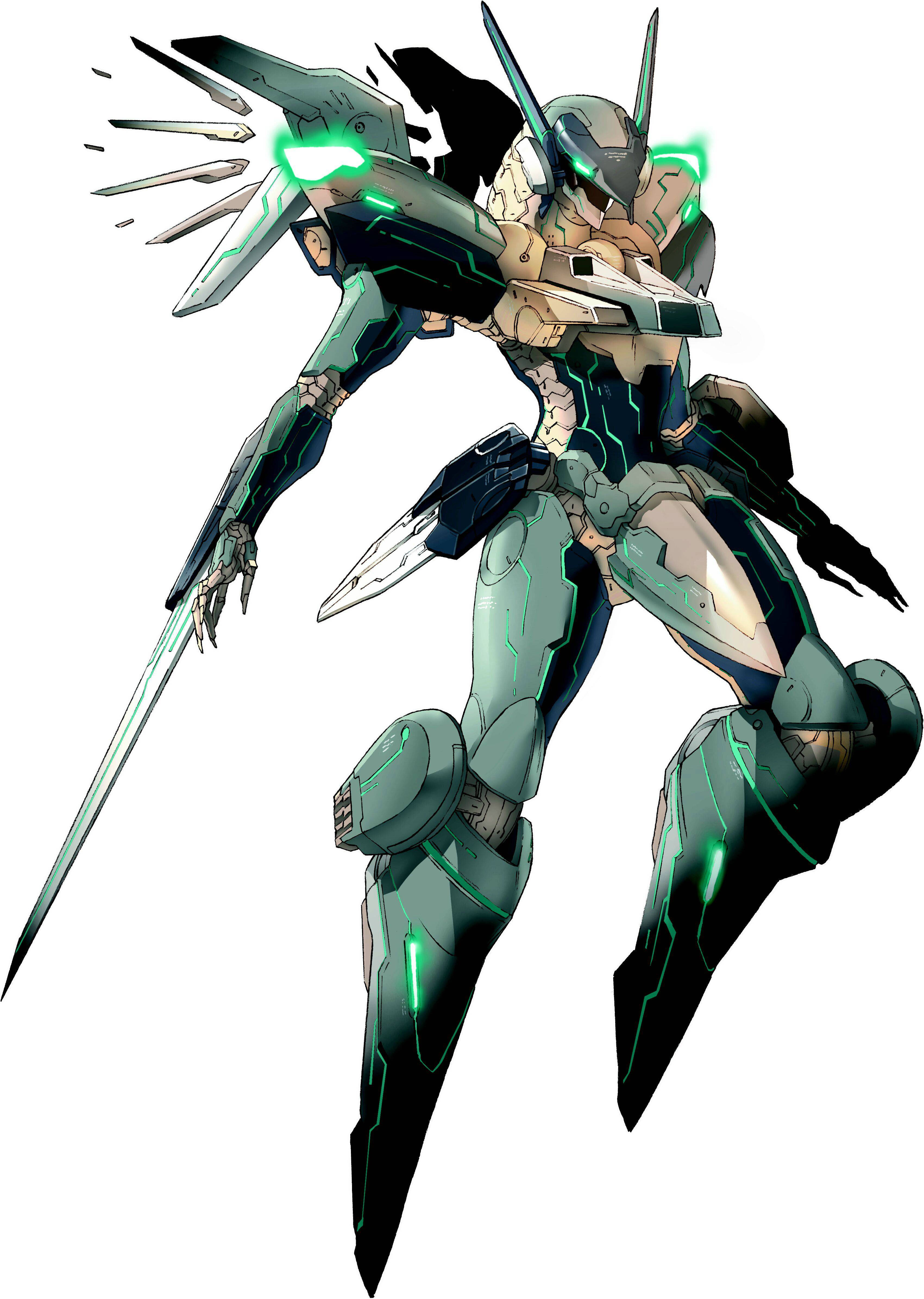Crinkle, crinkle.
They move, they crumple, and after about a month, they stop working. That month timeline? That's only if you're a beginner and never move beyond intermediate difficulty. If you play on heavy mode, one of those pads is shredded after maybe an hour. Not literally shredded, but non-functional. I said screw it after dealing with soft pads for around two years and ventured out and built my own. There's several different designs out there, and large communities that exchange tips and diagrams for building them. If you take your DDR serious, there's no better way to invest ~$150. The pad I built has held up great for about 8 years, and since I built it myself, I have no problem repairing it if something goes wrong. It looks similar to the arcade pads, and you can wear shoes on it.
I've been forced to revert to a soft pad because my home built pad is about 5 hours away, and shows no signs of getting closer any time soon. I wasn't planning on picking up another soft pad...ever, but there was a copy of DDR MAX 2 and a RedOctane pad at Goodwill. So, here we are. It only cost me $5 for both, I'm assuming that the employee figured they went together, which is fine with me.
You may recognize the name RedOctane from the Guitar Hero games. Before they made Guitar Hero, they made what people widely considered to be some of the best soft pads available for DDR (in addition to pre-made metal pads that were apparently of dubious quality). I actually remember frequently seeing people remarking about how good RedOctane pads were at DDRFreak back in the days when the game was popular. However, spending nearly $100 on a soft pad seemed absolutely ludicrous (and still does). I'm not sure what price RedOctane pads got down to before they eventually stopped making them and then closed (when people got over Guitar Hero), but they used to be expensive. I left Goodwill assuming that the pad was broken and that I'd just have to wait to get my hands on my pad again before I could play.
RedOctane, you're my only hope.
To my surprise, this pad does not slip at all, and it works very well. It has the same caveats as any soft pad; you can't feel the arrows, so it's very easy to get out of position and miss a few arrows. It also misfires occasionally, which seems to be a problem with every soft pad I've ever played on. Since I've had it for about two days and used it for one of them, I can't really judge the longevity of it. From the way it played when I did use it, it seems to be very reliable for a soft pad. The fact that it came from Goodwill and still functioned is a good sign as well.
The other odd thing is getting used to actually playing a DDR game again. For my home built pad, I use a DDR clone called StepMania. StepMania is actually really awesome; the UI can be customized to look like your favorite version of the game (DDR Extreme all the way), or just some crazy custom shit. You can use different announcers as well, and tweak all manner of different things. The best part is that there's a decent community out there dedicated to creating step charts and ripping the music from all the DDR games so that you can play the same songs as the arcade. Since this is a PS2 pad, I'm stuck using the US versions of the games for PS2, which often came with really weird altered soundtracks.
On the plus side, the pad should work with my PS1 (which has a modchip), which means I can import all of the Japanese versions of the games from the original to 5th Mix (if this pad proves durable enough, anyways). While the first three games were pretty soft in terms of difficulty, 4th and 5th mix have excellent track lists. In the oddities category, there were two versions of 2nd Mix in Japan called Club Versions which have songs from Beatmania IIDX. The Dreamcast got a single Club Version which combined both of the PS1 Club Versions.
Even if this pad doesn't last too long, it won't be too depressing; I can just pull the circuit board out of it and wire it up to work with my home built pad.






